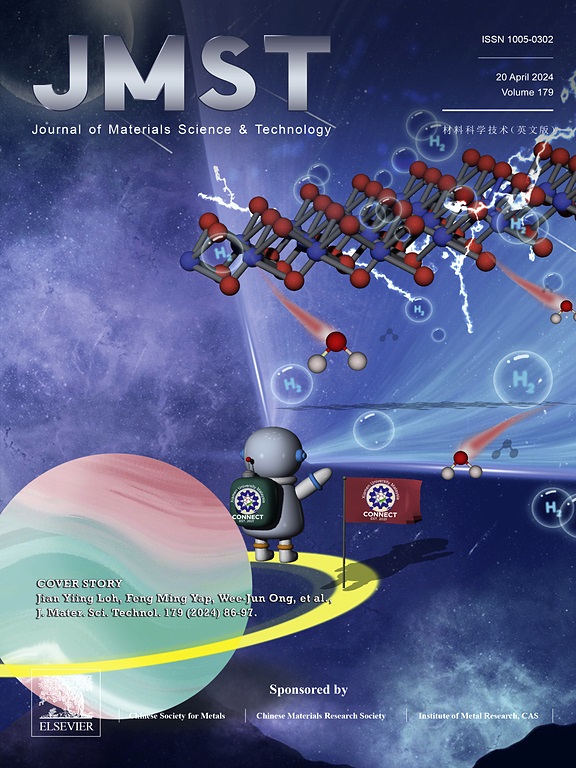Bifunctional S-scheme sp2-carbon COF/CdS heterojunction for efficient photocatalytic H2 evolution and C–C coupling of 5-hydroxymethylfurfural
IF 11.2
1区 材料科学
Q1 MATERIALS SCIENCE, MULTIDISCIPLINARY
引用次数: 0
Abstract
Combining solar-driven H2 evolution with the selective conversion of the biomass platform compound 5-hydroxymethylfurfural (HMF) into high-value-added chemicals is promising. However, the development of this approach development is impeded by slow electron-hole separation and uncontrollable HMF conversion. In this study, we present a novel S-scheme sp2-carbon COF (TFPD)/CdS heterojunction bifunctional photocatalyst for the highly selective oxidation of HMF or C–C coupling, integrated with H2 production. The TFPD/CdS heterojunction forms an intrinsic electric field that facilitates efficient charge separation and migration during the photocatalytic process. Additionally, theoretical calculations and in situ diffuse reflectance infrared Fourier transform spectroscopy (DRIFTS) reveal that (CHOH)C4H2(CHO)∙ radical adsorption and desorption on the catalyst surface are critical for the selective conversion of HMF. Consequently, depending on the reaction atmosphere, this photocatalyst selectively oxidizes HMF to 2,5-diformylfuran (DFF) with over 90% selectivity, or to 2,5-furandicarboxylic acid (FDCA) with approximately 80% selectivity. Notably, by controlling the solvent to promote the desorption of the (CHOH)C4H2(CHO)∙ radical, this system also produces HMF dimers with about 89% selectivity, alongside simultaneous H2 generation. This work pioneers the photocatalytic oxidation of HMF to produce C–C coupling products, providing insights into guiding radical reaction pathways for the selective photocatalytic conversion of HMF.

求助全文
约1分钟内获得全文
求助全文
来源期刊

Journal of Materials Science & Technology
工程技术-材料科学:综合
CiteScore
20.00
自引率
11.00%
发文量
995
审稿时长
13 days
期刊介绍:
Journal of Materials Science & Technology strives to promote global collaboration in the field of materials science and technology. It primarily publishes original research papers, invited review articles, letters, research notes, and summaries of scientific achievements. The journal covers a wide range of materials science and technology topics, including metallic materials, inorganic nonmetallic materials, and composite materials.
 求助内容:
求助内容: 应助结果提醒方式:
应助结果提醒方式:


